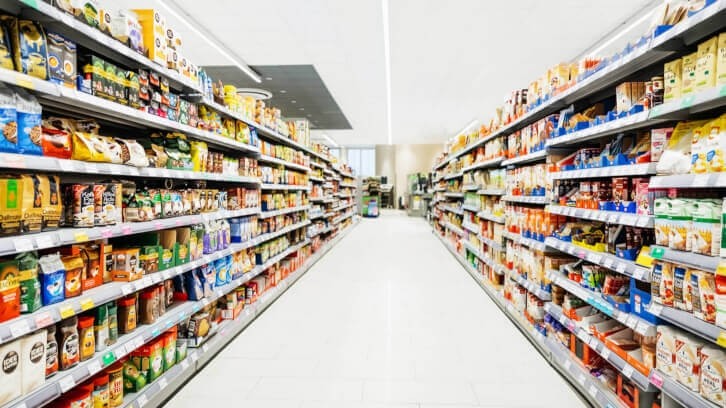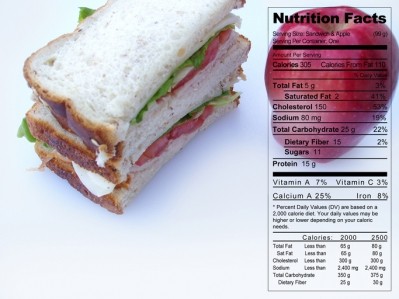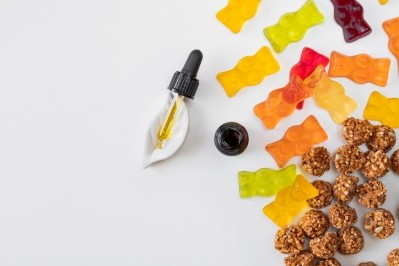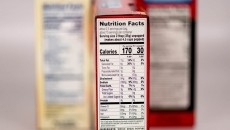Assessing safety of food additives from state to the national levels

They caution the groundswell of states trying to restrict food additives highlights the need or a standard timeline for reviewing food additives and the challenges of balancing scientific and political considerations.
The California Food Safety Act, which was introduced last year, proposed the ban of five (later just four) food additives from food products sold in the state, under the claim that these additives, which are also banned in Europe (with the exception of red dye 3 in cherries), are linked to health problems, including cancer and nervous system damage. Legislators in Washington State also introduced a House bill in January that proposes to ban the same four food additives.
While titanium dioxide was removed from the final list that California Governor Gavin Newsom signed in October 2023, other states, such as Illinois and New York, include it in their proposed food additive bills. If passed, Illinois and New York will have the strictest food additive laws in the country.
With California as the template for instituting food additive bans, Lewellyn noted that other states are introducing bills “very similar in language and scope.” New legislation could be more expansive, such as a bill in Indiana proposing to ban of high fructose corn syrup, “which is interesting in the fact that it’s a Midwestern state, but it’s bringing a new wrinkle," Lewellyn added.
What is the US food safety standard?
Under 21 Code of Food Regulation (CFR) 170.3, “safe or safety means there is a reasonable certainty in the minds of competent scientists that the substance is not harmful under its conditions of intended use,” Llewelyn said.
Llewelyn added that while in science it is impossible to claim complete certainty over the absolute harmlessness of any substance, safety is best determined from the scientific procedures that are set to test these substances.
Llewelyn explained that geopolitical differences in food safety stem from how countries and regions approach risk assessment. Some nations prioritize having strong evidence of harm before taking action. Others adopt a precautionary approach, acting sooner to prevent potential problems, even without complete scientific certainty. This leads to worldwide variations in food safety laws and how safety standards are established.
The case for Red Dye No. 3
The adage 'the dose makes the poison,' coined by 16th-century Swiss physician-alchemist Paracelsus, introduced the concept of a threshold for substance tolerance. This groundbreaking idea laid the foundation for modern toxicology research, explained Coughlin.
Last year, a petition from Center for Science in the Public Interest and a coalition of 23 other associations sought to remove Red Dye No. 3 from its list of approved additives in foods, dietary supplements and ingested drugs.
The petition claimed Red Dye No. 3 is a carcinogen, referencing toxicity studies in the late 1970s and early 1980s, even though “science and research on carcinogenesis for Red 3 has been improved during that time period,” via a secondary mechanism, Coughlin explained.
The original 1980s toxicity studies found Red Dye No. 3 to be genotoxic in rats, meaning it has the potential to cause cancer by directly damaging their DNA. Coughlin explained that newer research in the 1990s shows that it might work differently in the human body by affecting hormones, which later indirectly leads to cancer (secondary mechanism).
If Red Dye No. 3 is not directly attacking DNA, Coughlin explained, then establishing a safety threshold for the substance without the risk of indirectly causing cancer is possible. Further, mechanistic evaluations on Red Dye No. 3 were published by numerous authorities, like The Word Health Organization's Joint Expert Committee on Food Additives, European Food Safety Authority and the International Agency for Research on Cancer, indicating that “there’s a threshold for Red 3 based upon this secondary mechanism,” Coughlin said.
Coughlin added, “The effect was only seen at the very highest dose, at 4%, and we believe this is an unsafe human intake level that can be established for Red 3.”
Safety assessments around other additives
Propyl paraben, a synthetic preservative mainly used in bakery and beverage products is allowed by FDA to be used at a max level of 0.1% in foods; while the substance was completely removed in the EU over endocrine disrupting effects and other potential development and reproductive effects.
A study by Fayyaz, et al. found no evidence of repeated dose toxicity or endocrine disrupting properties in propyl paraben, Coughlin noted.
Used mainly as a whitening ingredient in confectionery products, titanium dioxide was concluded as a safe ingredient after considering a March 2023 petition by advocacy groups proposing its removal. However, the substance is removed from EU’s food additive list, citing the uncertainties around its genotoxicity.
Primarily used in commercial baking products, potassium bromate’s safety was questioned as a potential carcinogen with concerns over bromide salt exposure in humans. However, further safety evaluations found that when the substance is used properly, it converts to a “harmless potassium bromide, similar to salt,” highlighting the development of safety protocols within the baking industry, Coughlin explained.
In 2023, FDA revoked its authorization of brominated vegetable oil (BVO) as a stabilizing ingredient for fruit-flavored beverages after several studies and published evaluations provided more accurate measurements of BVO in foods.
State-by-state legislation and its potential impact on federal authorizations
Food policy and trade groups have expressed concern over state-by-state legislation risking a fractured food policy system, that will have significant implications on food costs and consumer perception around federal laws around food safety, which is already under speculation by consumers.
According to the Government Accountability Office (GAO), “there’s been a long history in the US of concern by the federal government for food safety … and it’s an activity that the federal government has taken seriously for a long time and continues to do so,” Llewelyn explained.
State-by-state legislation also raised more attention to the muddled distinction between FDA and USDA, highlighting the need for FDA to modernize itself into a more agile and structured agency, in addition to utilizing the tools and methodologies from the private sector to speed up and accurately implement food safety protocols, according to food policy experts.























